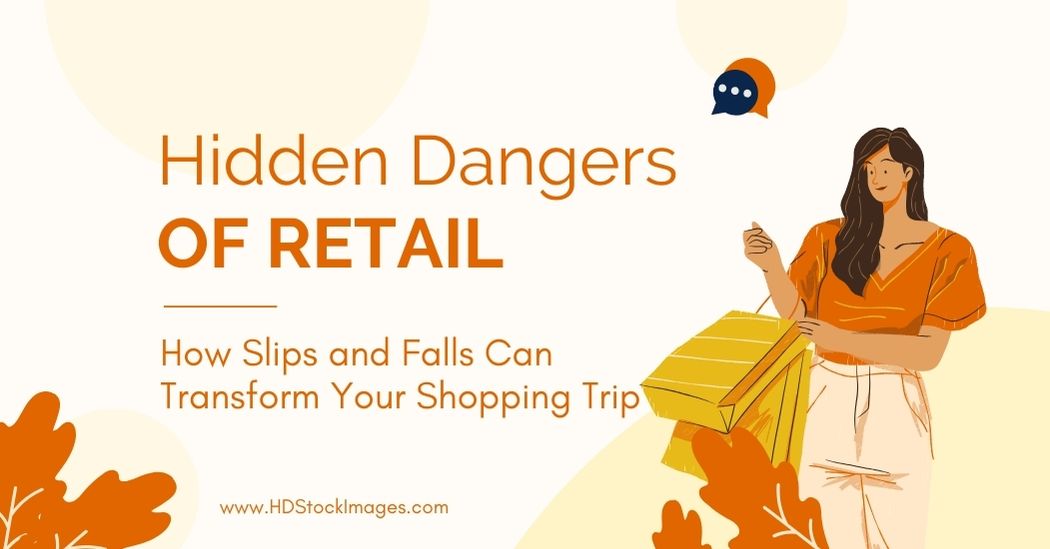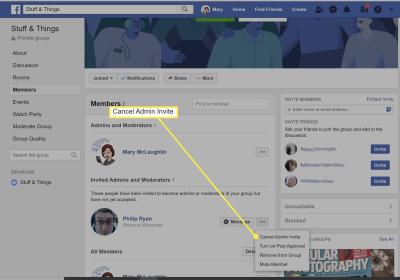Walking through the gleaming aisles of a retail store, the last thing on a shopper's mind is the potential for danger lurking beneath their feet. Yet, the retail environment, with its bustling activity and ever-changing conditions, can sometimes become a hazard zone where slips and falls are more common than one might expect. These incidents, often unexpected and abrupt, can turn a routine shopping trip into a painful ordeal, posing both immediate physical threats and long-term consequences.
Understanding the Risk Factors
While shopping is generally a safe and enjoyable activity, the design and operation of retail spaces can inadvertently expose customers to risks. Factors such as wet floors, obstacles in aisles, poorly maintained floor surfaces, and inadequate lighting can all contribute to the risk of slipping or tripping. These hazards can transform the gleaming aisles of a favorite store into a treacherous path, necessitating a keen awareness from both shoppers and store operators.
Environmental Hazards
Retail stores are dynamic environments where conditions can change rapidly. Spills from products like liquids or loose items such as hangers and boxes create immediate slip and fall hazards. During busy shopping periods, such as holidays, the likelihood of such hazards increases as more products are stocked and more customers fill the aisles. Additionally, weather conditions can exacerbate indoor risks when rain or snow gets tracked inside, making floors slippery.
Design and Maintenance Concerns
The design of the retail space plays a significant role in customer safety. Poorly designed layouts with narrow aisles, uneven flooring, or hidden steps can catch even the most cautious shopper off-guard. Furthermore, insufficient or irregular maintenance routines can lead to worn-out carpets, loose tiles, or malfunctioning escalators, all of which increase the chance of accidents.
The Impact of Slips and Falls
The repercussions of a slip or fall in a retail setting can extend beyond the initial shock and embarrassment. Injuries from such accidents can range from minor bruises to severe fractures or concussions, depending on the circumstances of the fall. For some, these injuries can lead to long-term health issues, requiring ongoing medical treatment and potentially altering their quality of life.
Immediate Physical Injuries
The immediate physical injuries from a slip and fall can include sprains, fractures, cuts, and bruises. These injuries might necessitate emergency medical attention, leading to unexpected costs and disruptions to daily life. In more severe cases, head injuries can occur, posing serious health risks that require extensive medical intervention.
Long-term Consequences
For some individuals, the consequences of a fall extend far beyond the initial recovery period. Chronic pain, reduced mobility, and the onset of conditions like arthritis can result from injuries sustained during a slip or fall. Such outcomes can impact one's ability to work, perform everyday tasks, and enjoy life as they once did. The psychological toll, too, should not be underestimated, as the fear of falling again can lead to anxiety and reduced confidence in navigating public spaces.
Legal and Financial Implications
Beyond the physical and emotional impact, slips and falls in retail settings can also have significant legal and financial implications. Victims of these accidents may find themselves embroiled in complex legal battles as they seek compensation for their injuries and related expenses.
Navigating Legal Challenges
When a slip or fall occurs, determining liability can be a challenging process. Retailers have a duty to maintain a safe shopping environment, but proving negligence requires a thorough investigation of the incident. This often involves gathering evidence such as witness statements, security camera footage, and maintenance records. Engaging with legal professionals becomes crucial for victims seeking to ensure their rights are protected and to pursue fair compensation.
For more detailed insights on the complexities surrounding these incidents, you can explore real-life cases such as the Kroger slip and fall, which highlight the challenges and outcomes of pursuing legal action in retail accidents.
Financial Burdens
The financial impact of a slip or fall can be considerable. Medical bills, rehabilitation costs, and lost wages due to time away from work can quickly add up. Additionally, victims might face long-term financial strain if their injuries result in permanent disability or reduced earning capacity. Legal fees, too, can become a significant burden, especially if the case drags on for an extended period.
Prevention and Mitigation Strategies
While the risks associated with slips and falls in retail settings are ever-present, strategies exist to mitigate these dangers. Both retailers and shoppers must take proactive steps to promote safety and prevent accidents.
Retailer Responsibilities
Retailers must prioritize safety by implementing comprehensive risk management practices. Regular inspections and maintenance of the store environment are essential to identify and address potential hazards promptly. Training staff to recognize and respond to risks is also crucial. Employees should be equipped to handle spills immediately and ensure that warning signs are visible and appropriately placed when potential hazards are present.
Furthermore, investing in high-quality flooring materials that offer better grip can reduce the likelihood of slips. Retailers should also consider the overall design of their store layout, ensuring that aisles are wide enough and free from obstructions.
Shopper Awareness
While retailers have a significant role in ensuring safety, shoppers also need to stay vigilant. Wearing appropriate footwear with good traction can help reduce the risk of slipping. Moreover, being attentive to the surrounding environment, such as looking out for wet floor signs or uneven surfaces, can help prevent accidents.
If a hazard is spotted, shoppers should report it to store staff immediately to prevent others from experiencing the same risk. Staying informed about the store's layout and any ongoing maintenance work can also aid in navigating the space safely.
Enhancing the Shopping Experience
Ultimately, the goal is to create a shopping environment where customers can enjoy their experience without the fear of injury. By fostering a culture of awareness and responsibility, both retailers and shoppers can contribute to a safer retail environment.
Building a Culture of Safety
Retailers can enhance the overall shopping experience by promoting a culture of safety. This involves not only addressing physical hazards but also fostering communication and trust with customers. Encouraging feedback and being responsive to safety concerns can help build a loyal customer base that feels valued and protected.
Implementing regular safety audits and updates to staff training programs ensures that safety remains a priority. Retailers that are proactive about safety are likely to see a reduction in accidents, leading to a more positive reputation and increased customer satisfaction.
Conclusion
Retail settings, though often perceived as safe havens for leisurely shopping, can pose significant dangers due to slips and falls. The consequences of such incidents can be profound, affecting individuals physically, emotionally, and financially. However, through a combination of effective risk management by retailers and heightened awareness among shoppers, these risks can be significantly minimized. Emphasizing safety not only protects customers but also enhances their shopping experience, transforming retail spaces into truly welcoming environments.

 admin
admin








